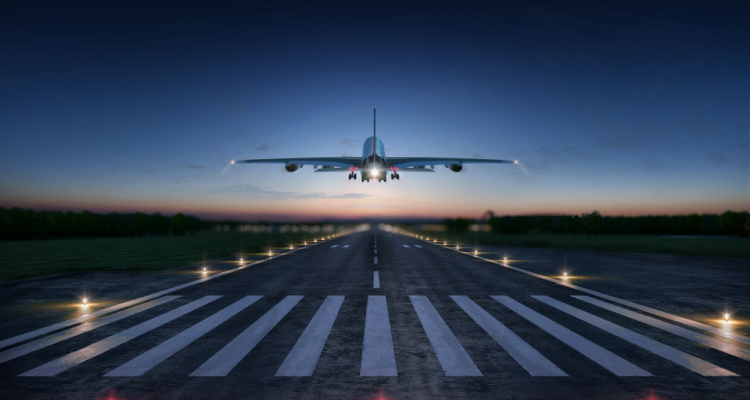
In the aviation world, safety measures don't just stop at in-flight precautions; they extend right down to the tarmac. Ground safety is an essential but often overlooked aspect of aviation, where the potential for mishaps is as real as in the air. From equipment collisions to fuel spillages, accidents on the ground can have severe consequences. This article shines a spotlight on the measures that can help prevent accidents on the tarmac.
The Importance of Ground Safety
The tarmac is a bustling environment filled with personnel, machinery, and, of course, aircraft. Ensuring safety here is vital not only for the people working on the ground but also for the integrity of flight operations.
Common Ground Safety Hazards
Aircraft Collisions
With several airplanes maneuvering in close quarters, there is a risk of collision.
Ground Crew Accidents
Baggage handlers, maintenance staff, and refueling personnel are often at risk of accidents ranging from slips and falls to more severe incidents involving machinery.
Equipment Malfunction
Malfunctioning ground equipment can lead to a range of issues, from delays to safety risks like fires.
Safety Measures
Efficient Communication
Clear and efficient communication between the ground crew and the cockpit is paramount.
Signage and Markings
The use of proper signs and markings can guide both machines and humans, reducing the potential for accidents.
Safety Equipment
All ground staff should wear appropriate safety gear, including high-visibility clothing and helmets.
Training
Regular training exercises that simulate various types of emergencies can prepare ground staff for any situation.
Regulatory Oversight
Bodies like the FAA in the United States and EASA in Europe set stringent guidelines for ground operations to ensure safety on the tarmac. Compliance with these regulations is mandatory for all operators.
Technology and Ground Safety
Advancements in technology are providing new ways to enhance ground safety. Ground radar systems, for example, can monitor all movements on the tarmac in real-time.
Frequently Asked Questions
Why is ground safety crucial in aviation?
Ground safety is essential to protect both the ground crew and the aircraft from potential accidents that can lead to injury or severe operational issues.
What are common ground safety hazards?
Common hazards include aircraft collisions, accidents involving ground crew, and equipment malfunction.
What role does technology play in ground safety?
Technology like ground radar systems can monitor real-time activities, significantly improving the safety protocols on the tarmac.
Conclusion
Ground safety is a critical aspect of aviation that requires as much attention as air travel safety. From personnel to aircraft, ensuring a secure environment on the tarmac is vital for the smooth operation of any airport.
